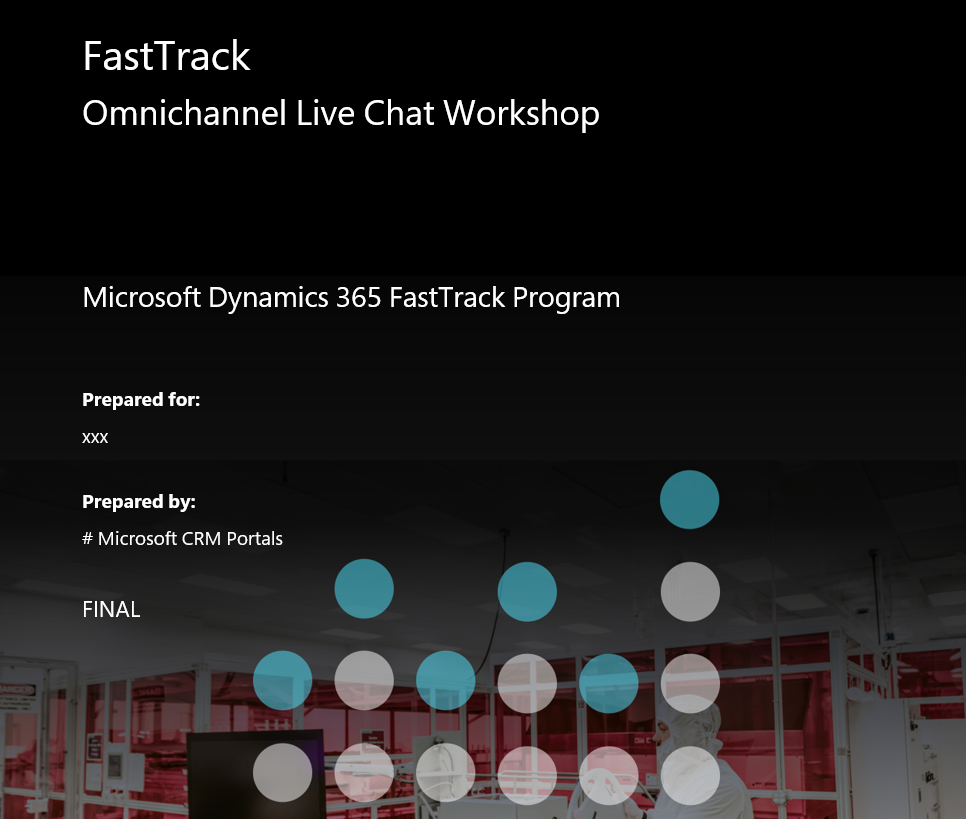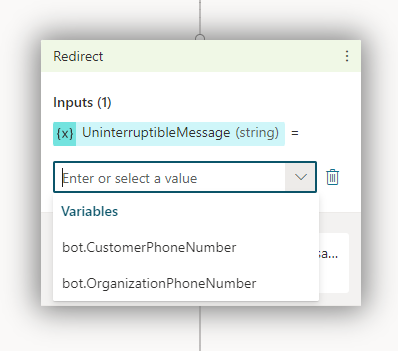Recently, I had the privilege of being invited by one of the Solution Architects from the FastTrack team, to provide feedback on the Omnichannel Chat Deep Dive Review; a specialized asset under the broader Dynamics 365 Success by Design framework.

As someone who focuses on helping organizations implement and fine-tune their Contact Center experiences using Dynamics 365 Customer Service, Power Platform and Copilot Studio, I found this product focus review to be a timely and much-needed addition. The deep dive offers more tailored, scenario-specific guidance for Omnichannel implementations and brings focus to nuances that the general SBR can’t fully address.
I’ve summarized some of the key areas in which I’ve identified clarification or enhancements could be made, both from a review process perspective as well based on the output to be shared with the user organization. This is also the feedback that was shared with the FastTrack team.
Note: There might be a strategic approach to isolating this review to only cater for the chat channel, since we know that a deep-dive for the voice channel is upcoming, but my evaluation was made from a cross-channel perspective so inevitably some of the feedback spills over onto other channel types.

Program Strategy: Anchor to Business Value
The review kicks off with high-level scoping, but misses the chance to re-frame the business case as a whole. Adding sections on the business problem, the business case scenario, and targeted processes would help customers and partners alike ground technical decisions in real business value. A quick checkbox saying ”Yes, we use chat” doesn’t really cut it when we’re designing customer experiences that should feel like magic. We should start with what the organization is actually trying to solve. Map that to processes and outcomes. Then build tech around that. Laying the ground for that is a necessary foundation to start of the deep dive workshop. In all fairness, this is covered in the Solution Blueprint Review but could benefit from a revisit in the product oriented deep-dive.
What else?
Architecture Overview: Bring in the Channels
The architecture section could be enriched by including a channel strategy overview:
What channels will be used?
Will they be rolled out simultaneously or in phases?
Are there architectural implications to consider based on channel mix?
Is inbound and outbound traffic and channel configuration matched?
Performance Overview: Center the Agent Experience
The current review focuses on technical scaling, but agent experience is where adoption wins or fails. I’d suggest referring to users as Service Representatives or Live Agents for clarity, as there is a number of different personas working in the solution.
Adding a Contact Center Footprint would give a usable overview from a business perspective of how many contact centers are being implemented and how many agents in each. Are they multi-national or local? Are they multi-lingual?
Exploring multi-lingual configurations and the translation approach is key to understanding the knowledge base usage and the Copilot Service limitations for Service Representatives, as many out-of-the-box features are language-bound.
Implementation Strategy: More Than Just Chat
The section currently titled “Live Chat” could be renamed simply to Implementation Strategy, since many customers mix channels and not everyone uses a bot so topic content and scenarios could differ.
Key areas and topics that could be added to the Implementation Strategy are e.g.:

Channel deployment strategy
Incremental or big bang?
Unified Routing
This should be moved up in topic priority as routing is where strategy meets user reality.
Escalation logic
Who catches the complex stuff? Is first line support of service representatives actually first line or an escalation step from the chatbot? What’s the triage planning and what role do supervisors, tier 2 agents or SME play?

Chatbot -> Copilot Studio Agent
Speaking of chatbots, will Copilot Studio be used? Prompt-and-response agent or generative agent?
(And what knowledge will it utilize in its knowledge hub!? This topic deserves its own post!)
Messaging Channel Configuration: Be Specific
The ”workstreams and queues planned” topic under Messaging setup could be reframed to include intake rules, work classification, routing, and assignment logic to cater for a more comprehensive architecture.
It’s also important to cover any needs for data masking in the messaging channel (and what about attached documents and images?).
An inventory of the listed SMS vendors would be timely seeing as at least one of the listed ones is deprecated since Q3-Q4 of 2024 in EMEA.
Test Strategy: Stress Before the Stress
The review could deepen its value by expanding the Testing Strategy to include:
Performance and Load Testing
It would probably require an enterprise installment to push the thresholds of the vNext platform CPM limit, but if so measuring and testing for latency during peak hours, throughput, messaging routing reliability is key.
System prerequisites
This one is tricky. Because in my experience it’s often overlooked. The official Microsoft documentation is a bit fragmented, but with some Googling and different Learn articles you can sum up a pretty good inventory list. I keep this in a separate spreadsheet which I introduce my customers to at an early project state, but having an official check on this in the channel oriented deep dive would be beneficial when communicating these needs to the broader stakeholder community. Some topics that are essential in covering are e.g. hardware prerequisites, internet bandwidth, OS and browser settings, headset quality and software updates – especially for remote teams.
Monitoring Strategy
Has Azure Application Insights (if managed environment) or other telemetry tools been considered?
Side note: If you want to know more about the monitoring capabilities in Application Insights, check out this TechTalk from the D365 FastTrack team.
Environment Strategy: Context Is King
Context is everything—particularly in D365 implementations. Is the DCCP joining an existing CRM org or spinning up fresh? I’ve done both types of implementations and they have completely different consequences.
Message volume planning is essential from a cost and licensing perspective. The Copilot licensing becomes even more important considering autonomous agents versus prompt-and-response bots. What’s the planned usage from a message consumption perspective
Scalability licensing for crisis/disaster management. Having worked with customers in narrow fields that are vulnerable to external crisis; what is the back-up plan when the organization needs to staff up in a crisis? Is there a license buffer for adding non-CS users or a fallback plan not non-CS usage?

Last but not least: where’s the ai strategy?
Given the generative AI capabilities entering the Dynamics 365 ecosystem, the review would benefit from a formal AI Strategy section, touching on
Ethical AI
How is the organization planning for bias mitigation, usage transparency and user trust?
Center of Excellence
What governance of AI models will be implemented, how will prompts be authored, reviewed, refined and reposited for recurring usage?
Training and Skilling
What’s the training strategy for internal capability building?
All in all, the Omnichannel Live Chat Deep Dive is a strong and welcome addition to the D365 Implementation Portal. It brings much-needed focus to customer engagement channels and helps both partners and customers steer clear of common pitfalls. I especially appreciated the GAP analysis format. It helps highlight which areas are already well thought through and where more planning is needed. The checklist approach is familiar and helpful, especially for partners working across industries and geographies.
Some of the feedback that’s been provided here would also be more suitable for the foundational Solution Blueprint Review, than a product specific deep-dive. With that it mind, I’m excited to see how this review evolves as the D365 Contact Center story matures. And I’m even more excited to see customers benefit from a smoother, more strategic implementation experience.
Kudos to the FastTrack team for inviting partner voices into the conversation. 👏 I’m looking forward to partake in the upcoming review of the voice oriented deep-dive.

Lämna ett svar